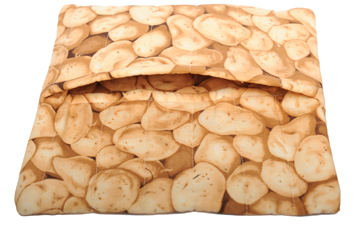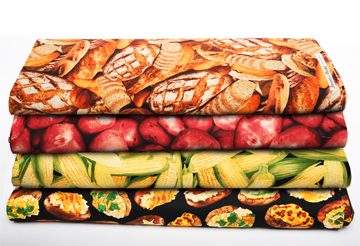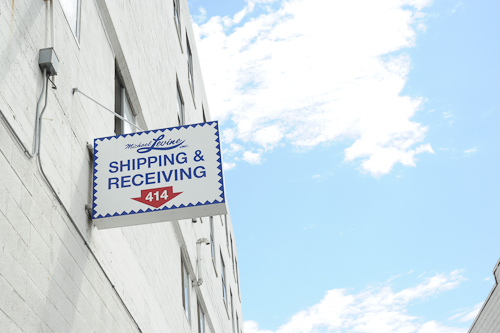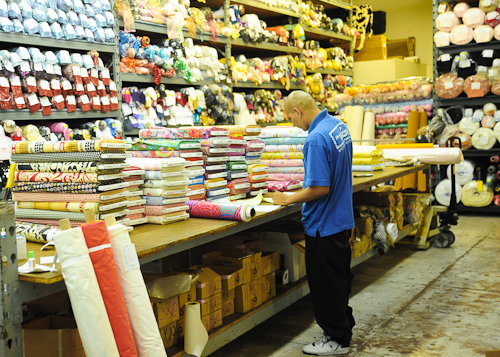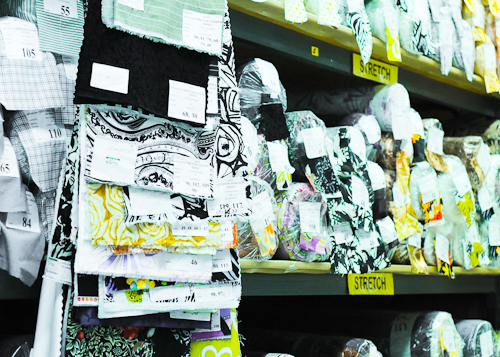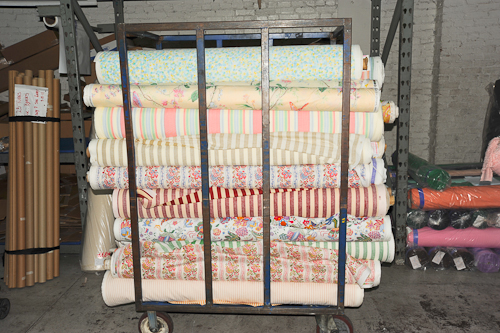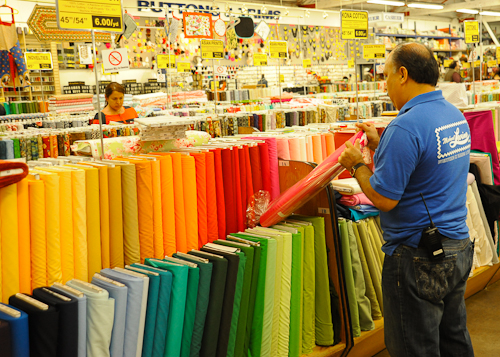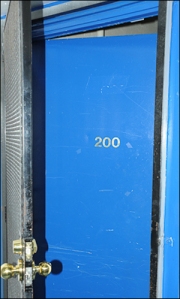Here's our spin on this popular craft; we made ours out of some neat culinary-themed cotton prints and natural cotton batting from www.LowPriceFabric.com. This project comes just in time for fall and the holidays, and is an easy-to-make, great gift! And, you can even use it for cooking corn on the cob, sweet potatoes, or warming bread or tortillas!
Before you begin, make sure the finished bag size (10" x 10") will fit in your microwave with at least an inch of free space around it. If your microwave has a turn table, make sure that the finished sized will freely rotate. If the bag will not fit with enough free space, adjust the pattern accordingly.
- There have been some reports of microwave fires when people fail to follow instructions, fail to supervise the cooking, or use materials other than 100% cotton. Since some people have had issues with the corner of the bag, our advice is to trim off the bulky corners when you sew it (step #6).
- Don’t use the bag over and over to cook many potatoes, because the bag may overheat and start a fire! Heat it once, then let cool completely before using it again.
- Do not use in conventional or toaster ovens - microwave oven only!
- Be sure to use only 100% Cotton batting & materials, with no metallic threads.
1. What you will need:

100% Natural Cotton Batting: 1 piece 11" x 22"
100% Cotton outer fabric: 1 piece 11" x 22"
100% Cotton inner fabric: 1 piece 11" x 22"
(If you are using the same fabric for both the inside and outside, 1/3 of a yard of 45" wide 100% cotton will be sufficient.)
*You do not need to prewash the materials; they will be laundered all together once sewing is complete.*
2. Stack the layers of fabrics in the following order, aligning all edges:
- Inner fabric first, right side facing up (bottom of stack)
- Outer fabric next, right side facing down (middle of stack)
- Cotton Batting last (top of stack)
3. Stitch the short (11") edges with a 1/2" seam allowance. Iron seams open/flat and turn so right sides of fabric are facing out. Press sewn edges and topstitch 1/2" from edge.
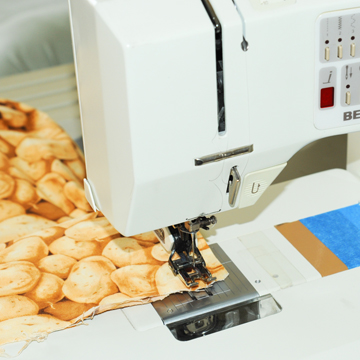
4. Quilt or tack the three layers, leaving no more than 5" open or unstitched. (At this stage, you should have the two fabrics facing right sides out with the batting in between.)
5. Surge or zig-zag stitch the raw edges that are the long (22") sides.
6. Fold the shorter edges into the center, overlapping 1" and forming a 10" square. Pin and sew the pre-surged, 22" edges 1/2" from edge. Trim any extra bulk from the corners to decrease any chance of fire or scorching.
7. Flip the bag right side out, pressing seams smooth.
8. Machine wash cold and tumble dry warm. Do not use any fabric softeners or laundry treatments other than regular detergent.
9. Bake your first potato! Microwaves will vary, but here is an approximate time calculator:
2 Large Russet Potatoes: 8 minutes
2 Large Red Potatoes: 8 minutes
3 Medium Bread Rolls: 20 seconds
2 Medium Sweet Potatoes: 10 minutes
2 Large Corn Cobs: 6 minutes
Tortillas: times vary
Please use care, common sense, and proper supervision. This is a free tutorial; make these bags and use at your own risk. Using these instructions indicates you have read and understand the written precautions and agree to use prudent and reasonable care when using this potato bag. Thank you, and enjoy!

